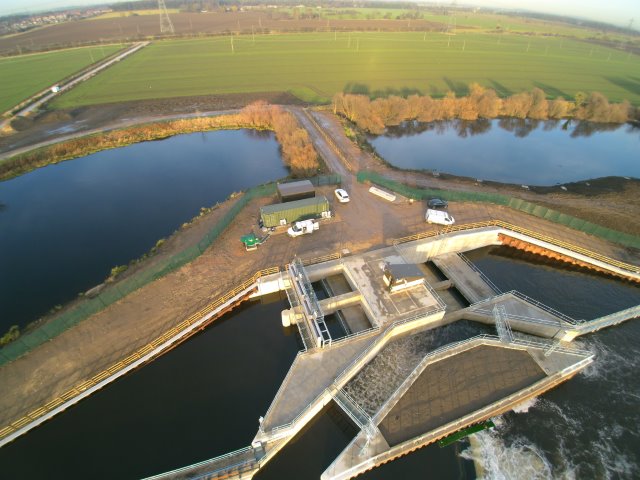In a year where income investors have seen a large decline in dividend payments, JLEN Environmental Assets results this year showed it was paying a 5.7 percent dividend yield. While some may be growing a tad concerned at the premium to NAV the trust is trading on, at one point reaching almost 22 percent, one of JLEN’s chief advisers Chris Tanner (pictured) tells Fundeye where he sees value.
“The last wind farm we bought was in 2017 since then we've been investing in other things. Because, we've seen better value in other sectors. We put a fair amount of money to work in the anaerobic digestion sector as we can see higher returns,” he said.

JLEN has always differed from many renewable energy trusts due its diversification of assets. It has held both wind and solar assets for some time and earlier this year even moved into the niche class of hydroelectricity, buying assets in Yorkshire and Cornwall.
Mr Tanner described these plants as ‘run-of-the-river assets’ which while not as abundant as wind and solar operations they are ‘good investments as they’re quite simple’.

“Once you've sort of spent the initial capital expenditure to set up the location for the hydro plant, all you need to do is maintain the plant periodically and replace some of the moving parts and conceivably it can generate electricity for use for decades to come,” said Mr Tanner.
Pricing pressures
Given the Covid outbreak, the demand for power fell which in turn led to a decline in energy prices. Following the release of an analyst’s note at the beginning of the year, suggesting the abundance of renewable players would lead to them ‘cannibalising each other’, Mr Tanner is not convinced by the argument.
He essentially argued that if prices were to fall as low as Bloomberg predicted, it just wouldn’t make economic sense for the assets to be built in the first place. “They [renewable energy players] won't build the wind farms that contribute to that lower price in the first place,” Mr Tanner argued.
He also mentioned the importance of assets being covered by government subsidies as an asset not covered by them is exposed to the ‘vagaries of power prices’. This is not where JLEN wants to be which is why JLEN’s assets mostly enjoy government subsidies.
The £4.74 million acquisition of Northern Hydropower Holdings Limited (see image) was secured from some high net worth individuals (HNWI) who at one point enjoyed tax breaks from holding renewable energy assets. Now this has come to an end, there have been similar deals with HNWIs trying to lock-in profits by selling these sort after assets.
While the majority of JLEN’s assets are based in the UK, Mr Tanner said that they will look into Europe for additional assets, which despite taking on some currency risk can have benefits such as longer hours of sunlight for solar assets. Trading on such a high premium to NAV may put off investors but a look at the shareholder register shows that there is a lot of interest from established asset and wealth managers. It seems unlikely that the fund will suddenly collapse and with a market cap of over £600 million it is hardly a minnow in the renewable energy market.





